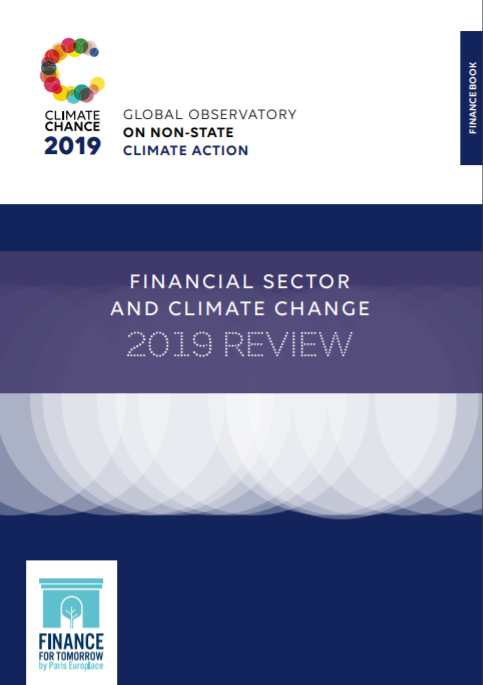
Following in the footsteps of public development banks, several investors and private banks, generally banding together in coalitions, have committed since the end of 2018 to implementing strategies aimed at aligning their activities with the objectives of the Paris Agreement. Methodologies for giving concrete shape to these long-term projects are still in their infancy.
Funding for the energy sector’s transition remains woefully inadequate: investments in renewable energy must be doubled to comply with the Paris agreement. Bank financing for fossil fuels shows no sign of slowing, exception made for coal, where divestment is gaining ground. Investor pressure is, however, starting to drive highemissions sectors, particularly the oil & gas industry, to better take climate issues into account as part of their strategies.
Offerings of green financial products, such as bonds, investment funds and loans, continues to grow, but access by individual savers remains poor.
In the realm of financial policy, the European Union has made progress in carrying out an action plan for sustainable finance, which should include adoption of a taxonomy for classifying green assets. A growing number of financial sector supervisory authorities are conducting efforts to integrate climate risks into their work.
North/South climate financing reached $71.2 billion in 2017, compared to $58.6 billion in 2016. The first refinancing campaign for the Green Climate Fund, launched in 2019, secured $9.8 billion in new pledges from 27 countries to be filled over the next four years. Also in 2019, China began a process of greening its international ‘Belt and Road’ investment programme.

